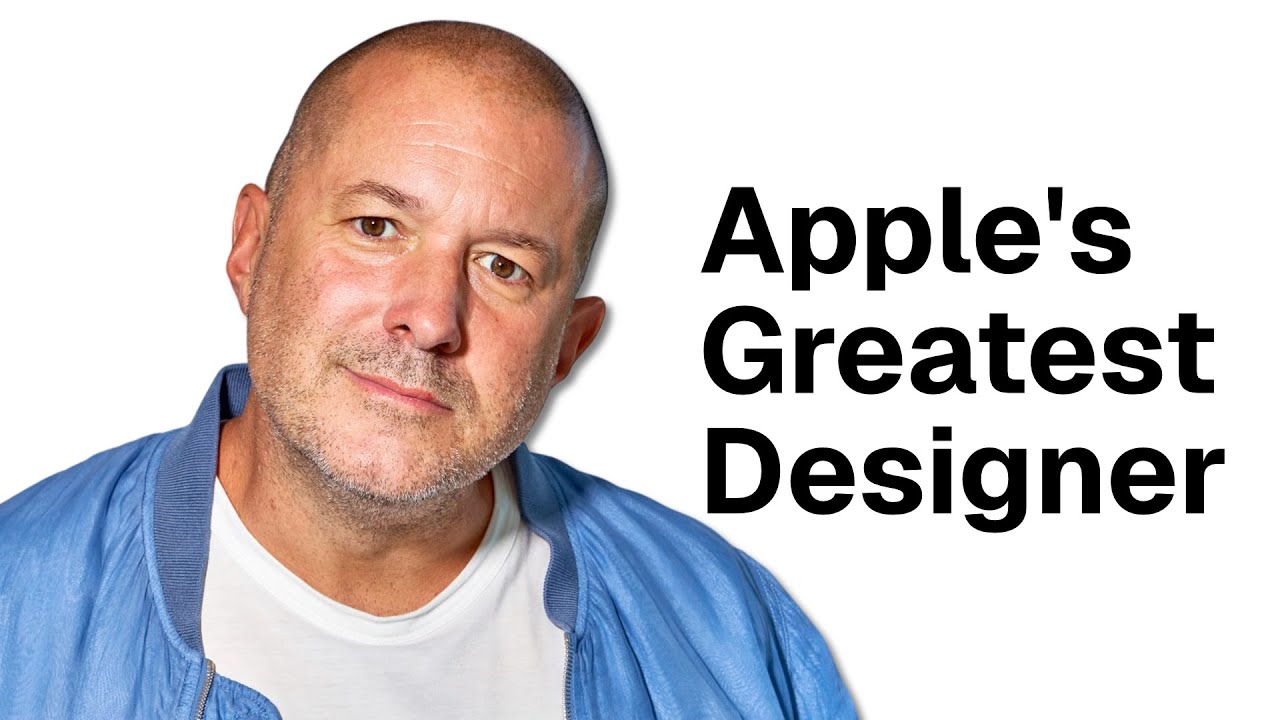The video discusses OpenAI’s surprising $6.5 billion acquisition of Jony Ive’s no-product hardware company, IO, as a bold experiment to explore whether dedicated AI devices can become a mainstream interface, despite past hardware failures. It highlights the strategic gamble behind this move, aiming to gather data on consumer demand and the future role of AI hardware in everyday life.
The video begins with a reflection on the nostalgic feeling many have for Apple’s earlier days of innovation, attributing the decline in that “magic” to various factors, including the loss of key designers like Jony Ive. The host emphasizes Ive’s significant influence on Apple’s design philosophy and his subsequent ventures, such as Love From and Humane, which produced a failed AI pin. Recently, Ive’s new consulting company, IO, was acquired by OpenAI for $6.5 billion despite having no actual product, sparking curiosity about OpenAI’s strategic intentions and the potential role of AI hardware devices.
The discussion then shifts to Jony Ive’s history at Apple, highlighting his rapid rise from a designer to the head of product and design, and his influence on modern Apple products. After leaving Apple, Ive started Love From, a design consultancy, and later worked with Humane on projects like the AI pin, which was a commercial failure. Ive’s latest venture, IO, aims to develop new hardware focused on AI, but the concept of dedicated AI devices remains uncertain, with comparisons drawn to past failed attempts in hardware like the R1 device and VR headsets, which struggled to gain mass adoption.
The host explores the broader context of hardware innovation, noting how Apple revolutionized markets with the iPhone and how the Vision Pro headset, despite impressive user experience, has yet to make a significant market impact. The discussion emphasizes that simply creating high-quality hardware isn’t enough; market readiness and consumer demand are crucial. The current state of VR and AR devices, including Meta’s Quest and Ray-Ban glasses, illustrates that these technologies haven’t yet reached mainstream success, raising questions about whether dedicated AI hardware will follow the same pattern.
The core of the analysis centers on OpenAI’s bold move to spend $6.5 billion acquiring Ive’s IO, despite the company having no product yet. The host suggests this is a strategic gamble to determine whether hardware focused on AI interactions can be a viable market. OpenAI’s goal appears to be to gather critical data—whether such devices are desirable or just a niche—by investing heavily in a high-risk, high-reward experiment. This move is seen as a way for OpenAI to understand if hardware can be the next frontier for AI, similar to how Apple approached the smartphone market.
In conclusion, the host reflects on the broader implications of this bold investment, framing it as a chaotic but calculated effort by Sam Altman and OpenAI to answer fundamental questions about AI’s future role in everyday life. The partnership with Ive and the development of a minimal, camera-equipped AI pin suggest a focus on integrating AI more seamlessly into the physical world. While the outcome remains uncertain, the host finds the move intriguing and unpredictable, emphasizing that it’s a high-stakes experiment to see if dedicated AI hardware can truly become the next major interface for human-AI interaction.
